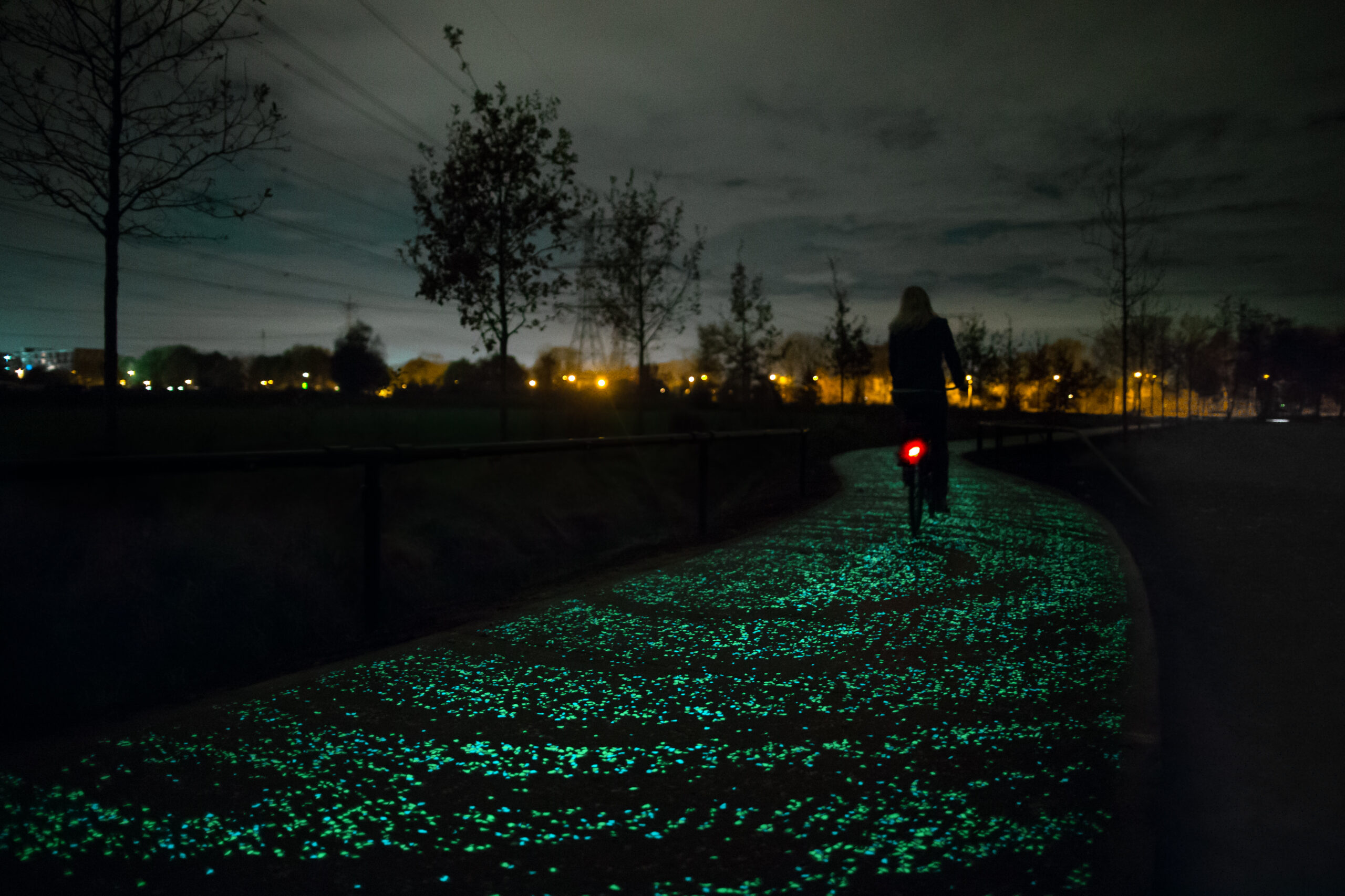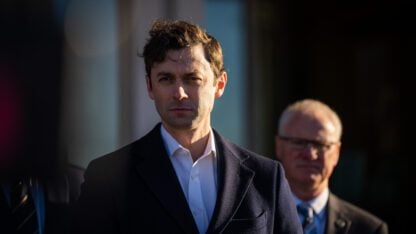In a world transformed by the COVID-19 pandemic, our relationships with bicycles have also gone through transformation. The Museum of Design Atlanta (MODA) has a new exhibition called “Bike To The Future,” exploring how bicycle design affects transportation infrastructure and the way we interact with our cities. “City Lights” host Lois Reitzes spoke with Laura Flusche, executive director of MODA, about the new exhibit and the museum’s other recent projects.
Interview highlights:
On creative leaps in bicycle design:
“The exhibition showcases some bikes that are meant to help us shift from car-centered cultures… In some cities, it’s easier to get around by bike rather than car, but we need to carry stuff. So we need cargo bikes, we need solutions for carrying our groceries or our kids,” said Flusche. “Something that’s really taken off in 2020: electric bicycles, that let us go farther and move faster, and manage hills in a city like Atlanta.”
“[The exhibit] looks at bikes that are made with interesting materials or technologies, like 3D printing, or, there’s one bike that’s entirely recycled from espresso capsules, if you can believe it. And there’s a bamboo tandem bike,” Flusche said.
Featured architect and artist Daan Roosegaard’s Van Gogh Bicycle Path:






